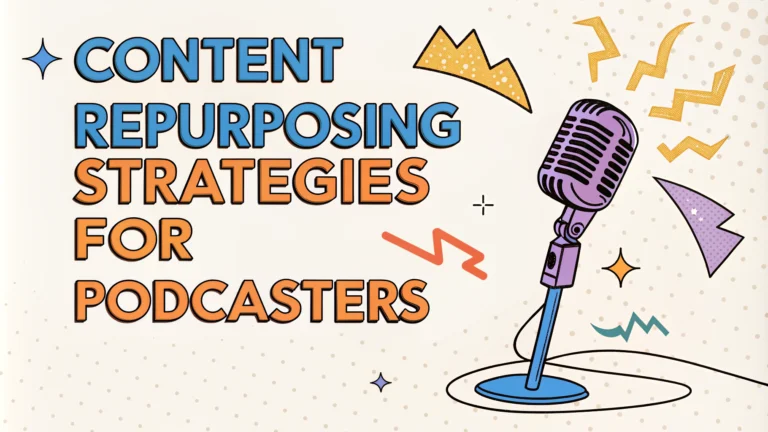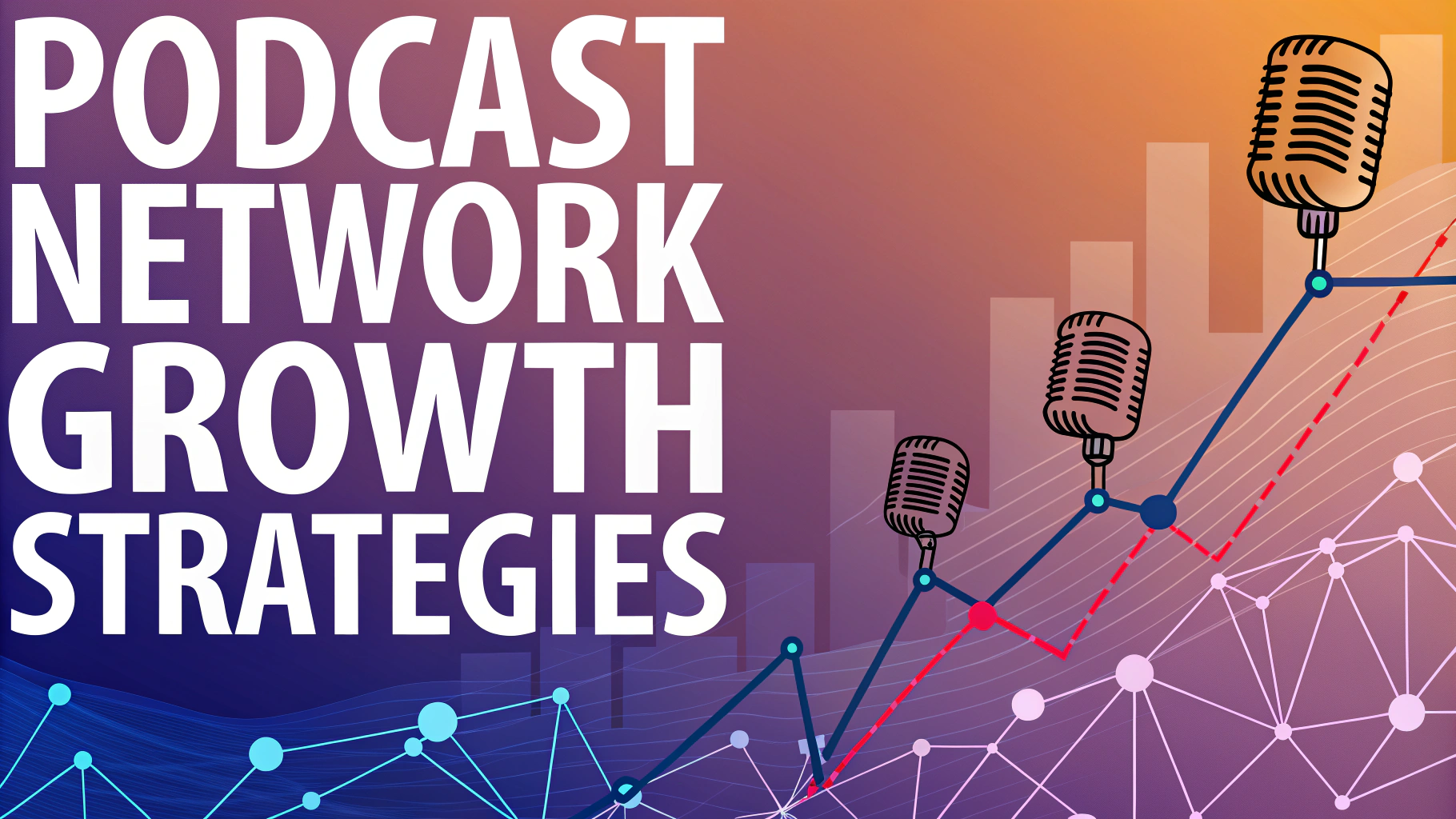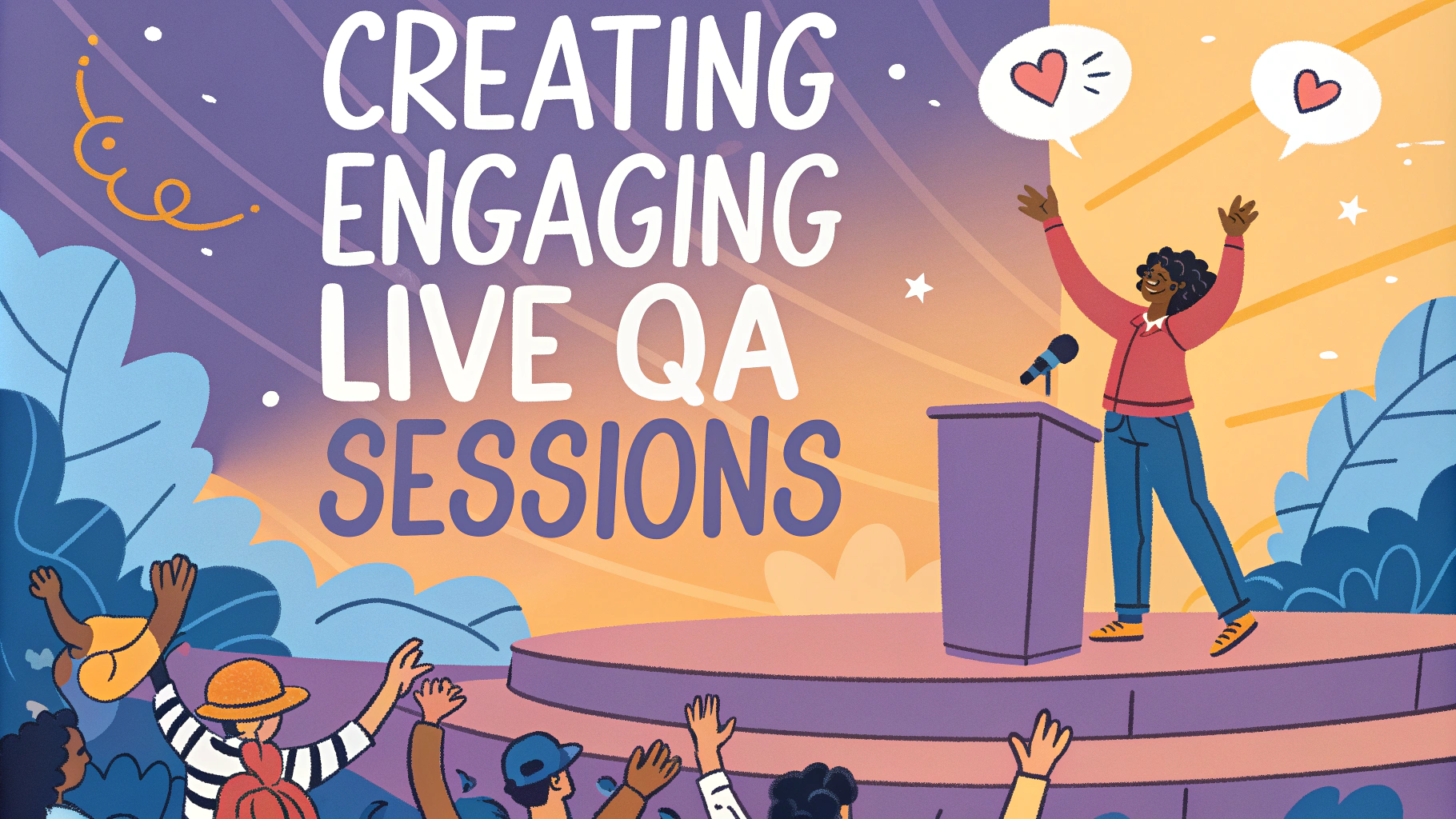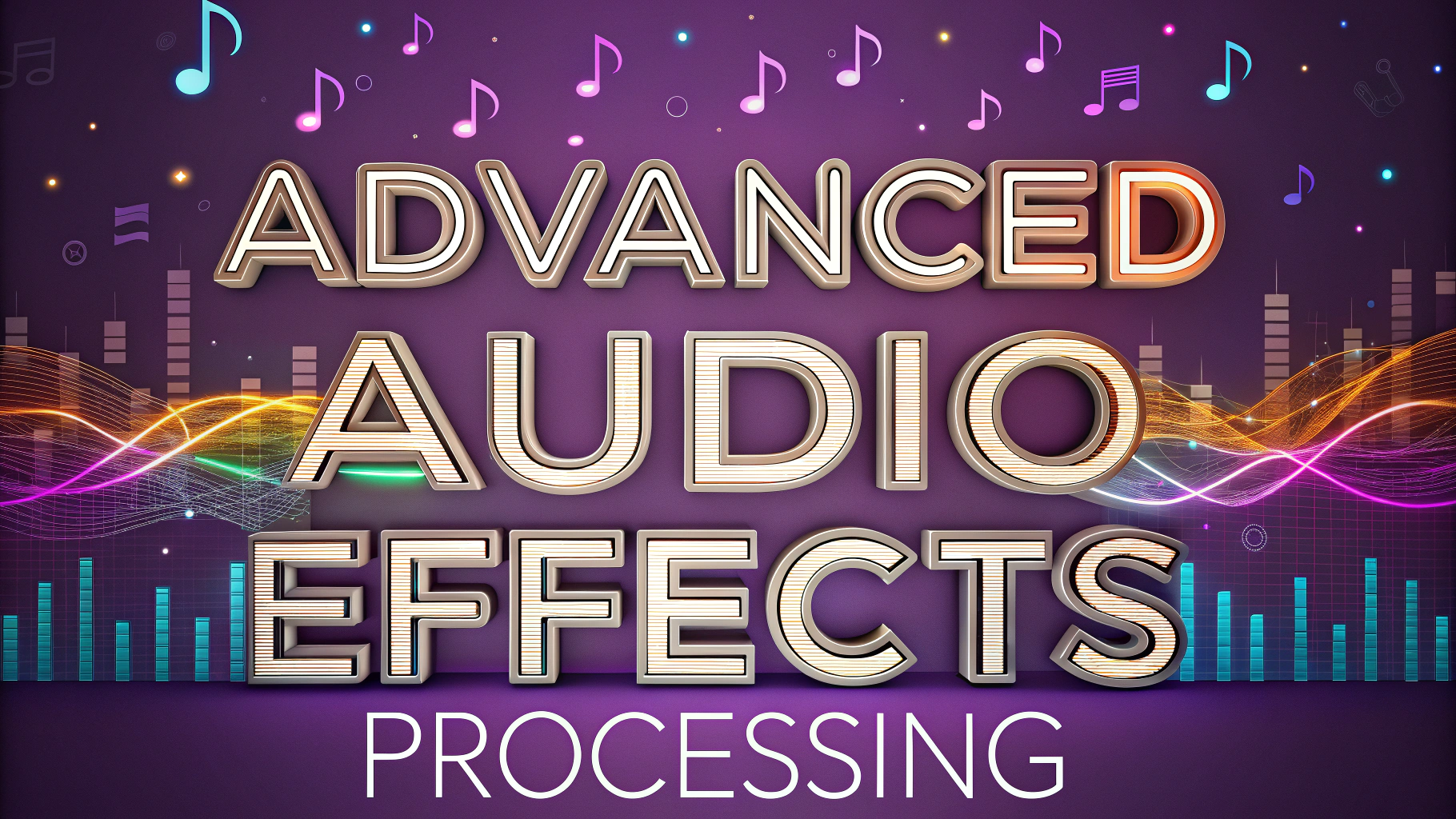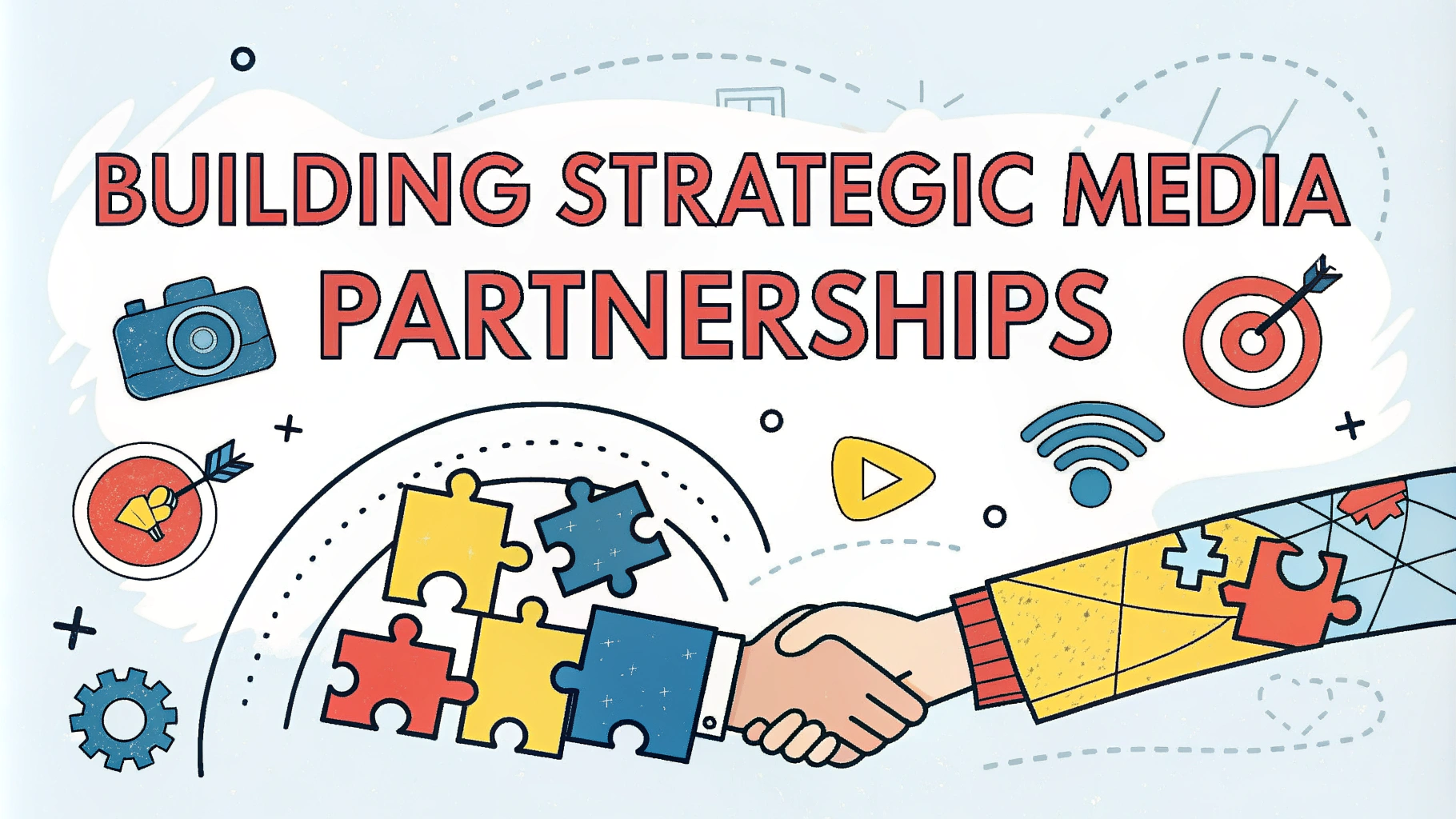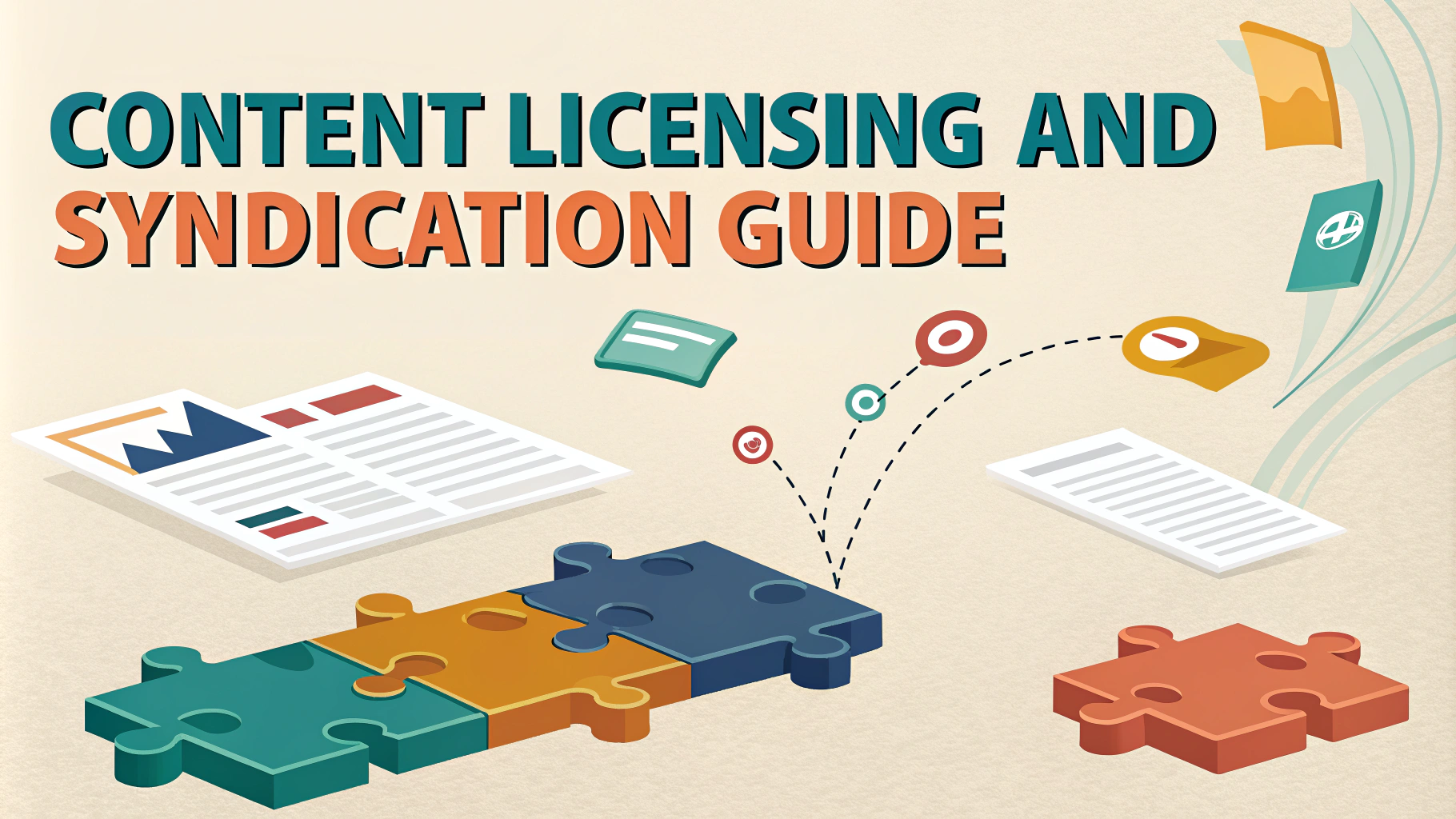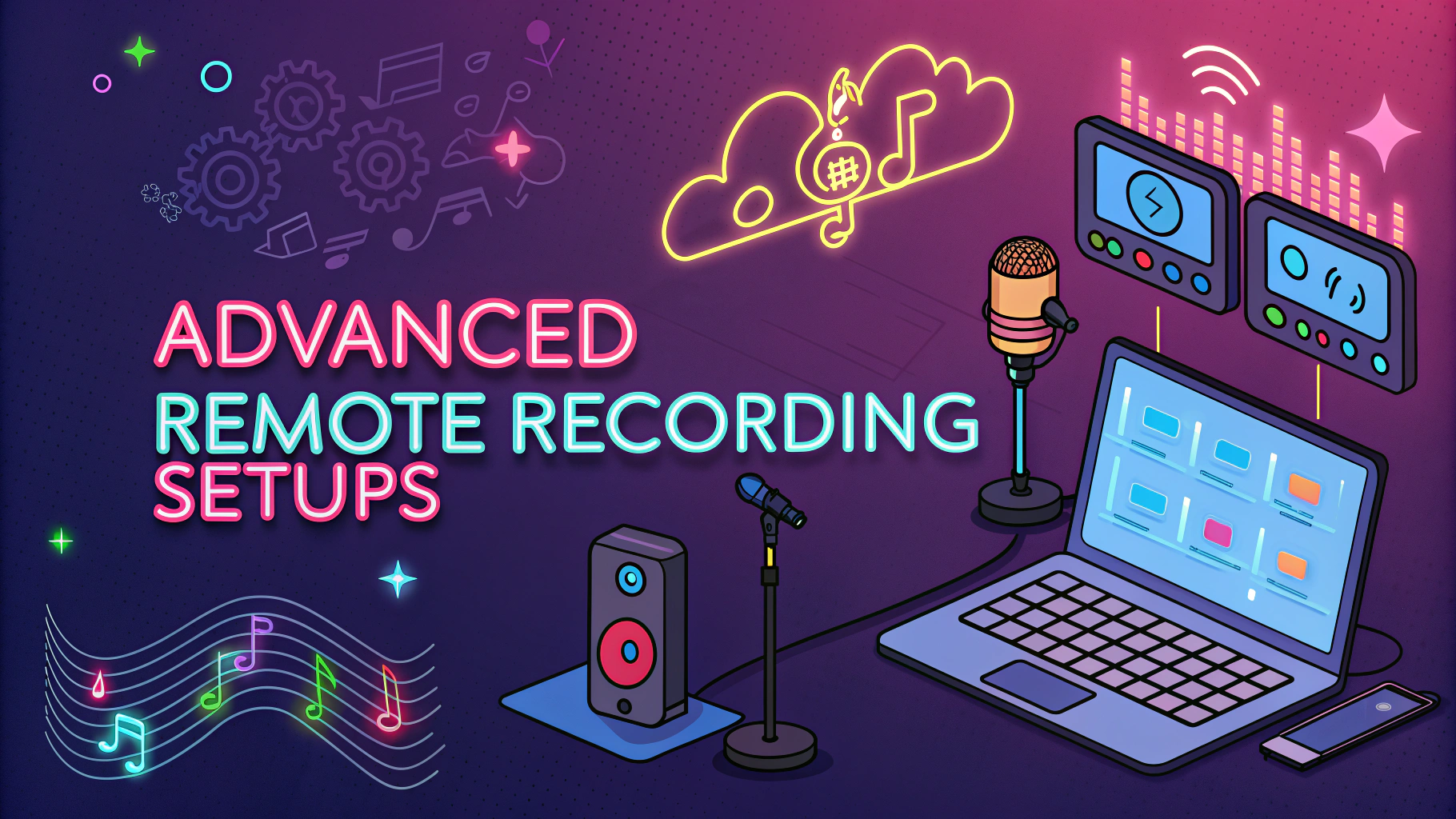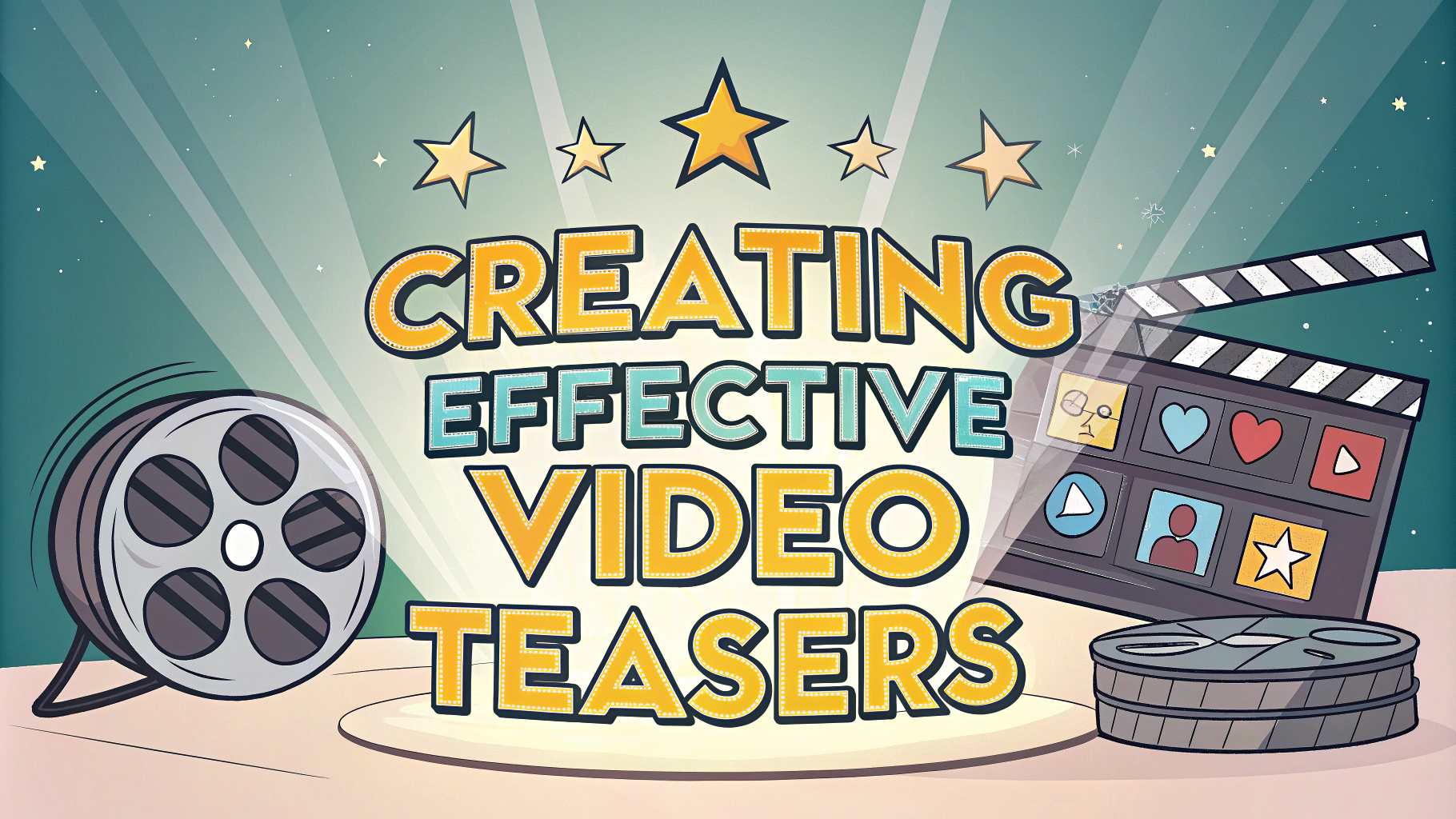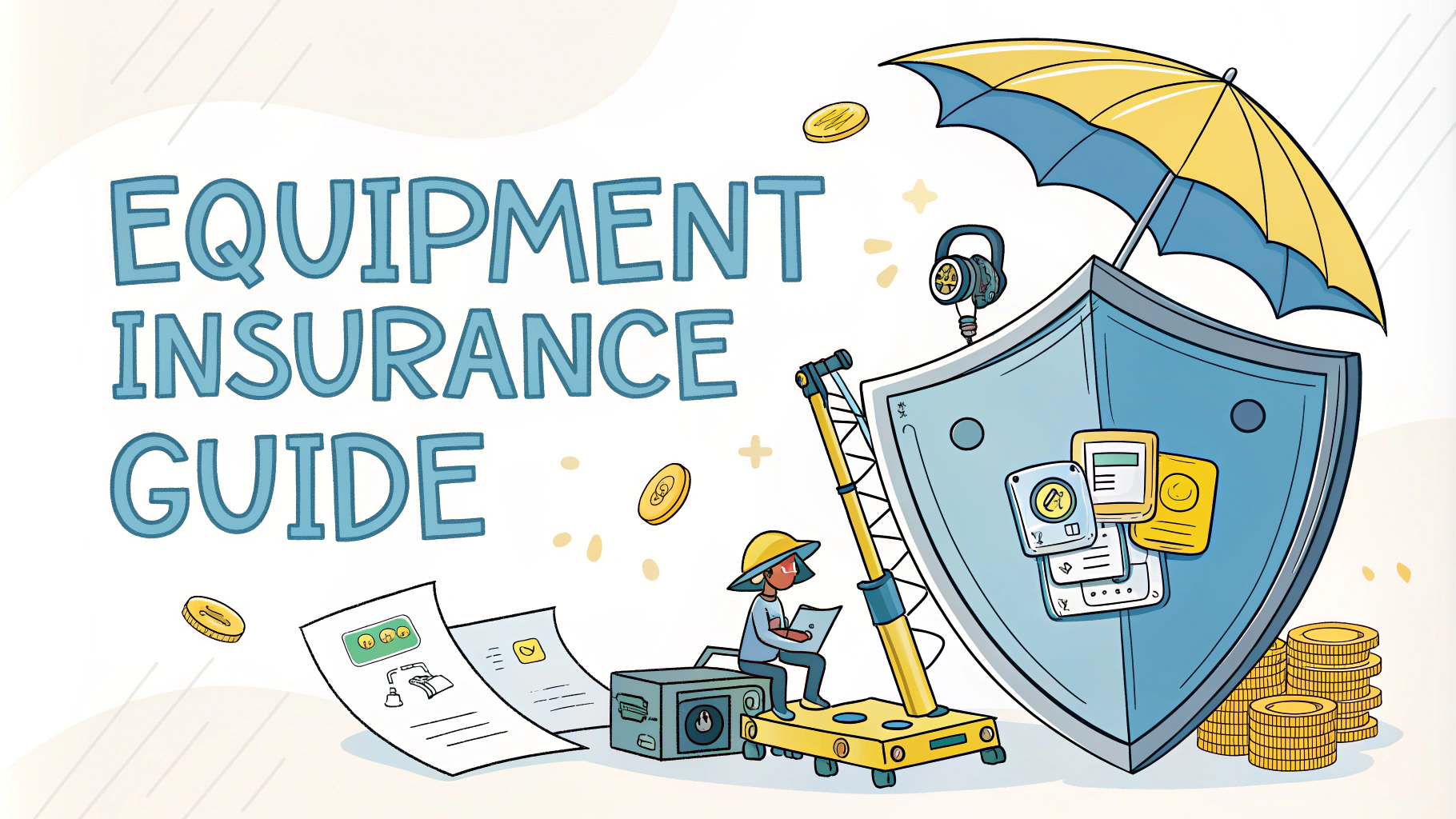Content repurposing transforms your podcast episodes into multiple formats, reaching new audiences and maximizing your content’s value.
Podcast creators often overlook the goldmine of content within their audio episodes that could be transformed into various media types.
This guide shows practical ways to turn your podcast content into blog posts, social media content, videos, and other valuable formats that expand your reach.
Quick Ways to Repurpose Podcast Content
- Create blog posts from episode transcripts
- Extract quote graphics for social media
- Convert episodes into YouTube videos
- Design infographics from key statistics
- Write newsletter content from episode highlights
Blog Post Creation Strategy
Use automated transcription services like Otter.ai or Rev.com to convert your episodes into text.
Edit transcripts into structured blog posts with headers, bullet points, and relevant images.
Add internal links to related content and external references to boost SEO value.
Social Media Content Extraction
Pull memorable quotes from episodes using tools like Canva to create shareable quote graphics.
Create short video clips (30-60 seconds) highlighting key moments using tools like Headliner.
Share episode summaries as carousel posts on Instagram or LinkedIn.
Video Content Creation
Record video while recording audio to create YouTube content simultaneously.
Use tools like Descript to create animated audiograms with captions.
Add simple visuals to audio content using Wave.video for social sharing.
Email Newsletter Integration
Break down episodes into digestible email series.
Create exclusive content summaries for newsletter subscribers.
Include timestamp links to specific episode segments in your emails.
Time-Saving Tools for Content Repurposing
| Tool | Purpose | Price Range |
|---|---|---|
| Repurpose.io | Automated content distribution | $15-49/month |
| Descript | Video/audio editing and transcription | $12-24/month |
| Headliner | Audiogram creation | Free – $20/month |
Maximizing Your Repurposing Efforts
Schedule content release strategically across different platforms throughout the week.
Track engagement metrics to identify which repurposed content formats perform best.
Create a content calendar to organize and schedule your repurposed content.
Taking Your Content Further
Consider turning popular episode series into downloadable guides or ebooks.
Use episode insights to create online courses or workshops.
Partner with other content creators to cross-promote repurposed content.
Advanced Repurposing Strategies
Combine multiple episodes on similar topics to create comprehensive guides.
Develop presentation slides from episode content for speaking engagements.
Create interactive content like quizzes based on episode information.
Measuring Content Performance
Key Metrics to Track
- Engagement rates across platforms
- Time spent on repurposed blog content
- Social media sharing statistics
- Email click-through rates
- Video retention rates
Automation and Workflow Tips
Set up content templates for consistent formatting.
Use scheduling tools to automate posting across platforms.
Create standard operating procedures (SOPs) for your repurposing workflow.
Common Repurposing Mistakes to Avoid
- Copying content without optimizing for each platform
- Ignoring platform-specific best practices
- Failing to maintain consistent branding
- Not adapting content for different audience preferences
Amplify Your Podcast’s Impact
Build a systematic approach to content repurposing that fits your schedule and resources.
Focus on quality over quantity when selecting content to repurpose.
Stay consistent with your repurposing efforts to build audience anticipation and engagement.
Remember that each piece of repurposed content is an opportunity to reach new listeners and grow your podcast’s influence.
FAQs
- What is content repurposing in podcasting?
Content repurposing in podcasting involves transforming your podcast episodes into different content formats like blog posts, social media content, videos, or newsletters to reach broader audiences. - Which platforms are best for repurposed podcast content?
YouTube for video clips, LinkedIn for business insights, Instagram for audiograms and quotes, Twitter for short clips and quotes, and Medium or your own blog for written content. - How can I turn my podcast into a blog post?
Transcribe your podcast episode, edit the transcript for readability, add headers and subheaders, include relevant images, and optimize for SEO by adding keywords and meta descriptions. - What tools can I use to create audiograms from my podcast?
Headliner, Wavve, and Audiogram are popular tools for creating audiograms with waveform animations, captions, and customizable visuals. - How long should repurposed podcast clips be for social media?
Instagram clips should be 30-60 seconds, Twitter clips 1-2 minutes, and YouTube highlights 3-5 minutes for optimal engagement. - Should I repurpose my entire podcast episode or just segments?
Focus on repurposing key moments, valuable insights, and memorable quotes rather than entire episodes to maintain audience interest and maximize impact. - How can I use my podcast content for email marketing?
Create episode summaries, highlight key takeaways, include memorable quotes, and add relevant links to full episodes in your email newsletters. - What’s the best way to repurpose podcast interviews into written content?
Extract key quotes from guests, create expert roundup posts, develop case studies, and transform interesting segments into standalone articles. - How often should I repurpose my podcast content?
Repurpose consistently after each episode release, spreading content across different platforms throughout the week to maintain steady engagement. - What are the legal considerations when repurposing podcast content?
Ensure you have proper rights to repurpose guest interviews, use licensed music and images, and maintain appropriate attribution when sharing content.
